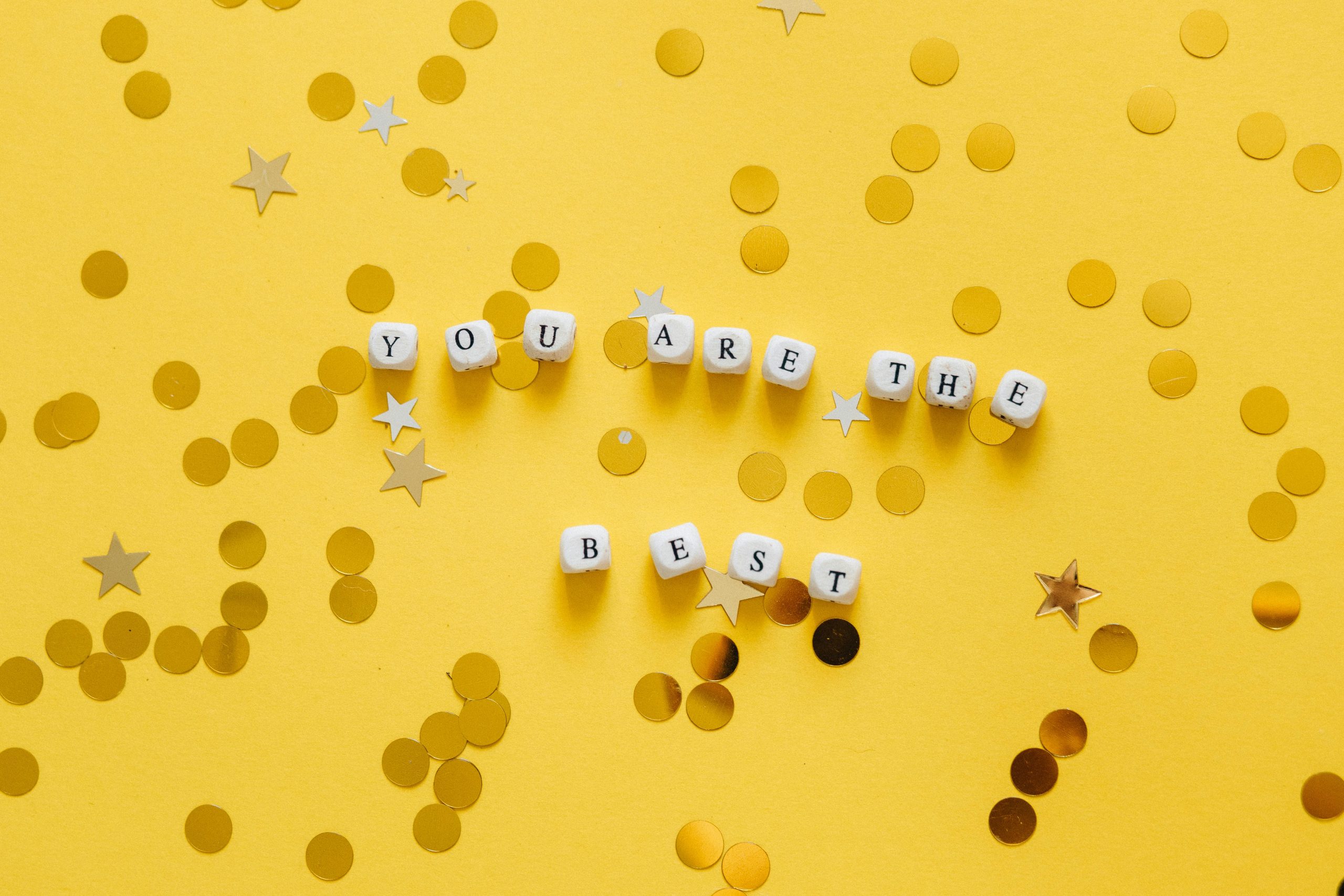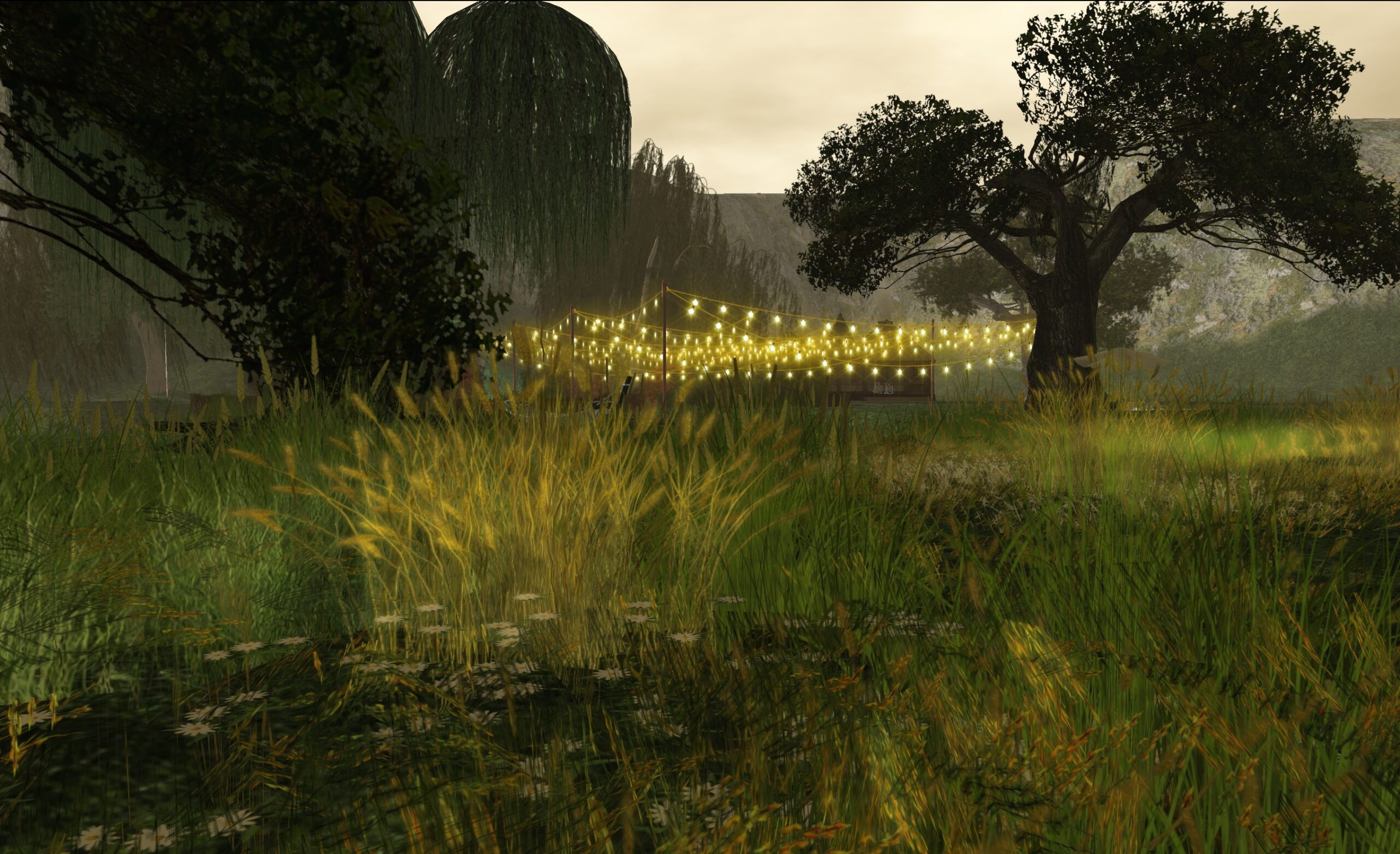Tag: Post-larp
-

Why I hate post-larp compliment threads
Compliment threads are a quite common phenomenon after a larp. So why does it always make me slightly uncomfortable and anxious?
-

10 Steps for Integrating Transformative Experiences
in
Whether you’ve been through a larp, a work of magic, a psychedelic experience, integration roughly works the same way.
-

Post-larp Depression
in
Larp occupies a unique place among analog games, for it demands as much from players’ bodies as it does from their minds. It comes then as no surprise that many players find themselves in the situation of feeling confused, exhausted, and emotionally raw after a larp event.